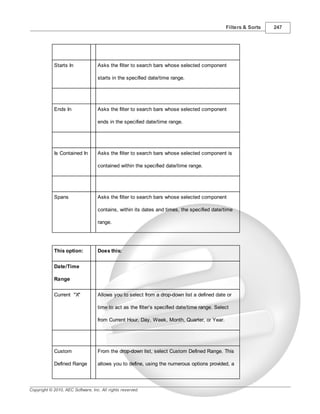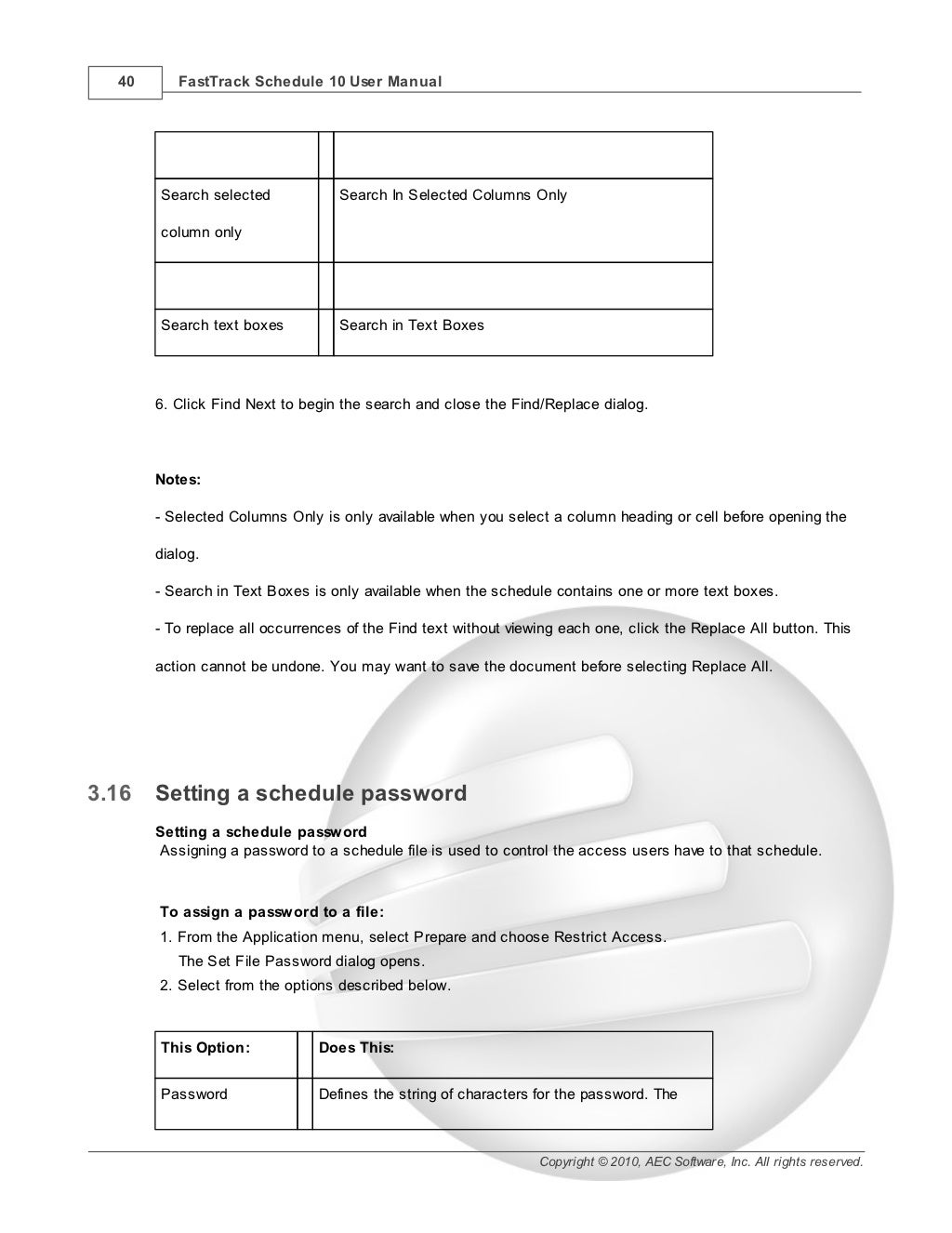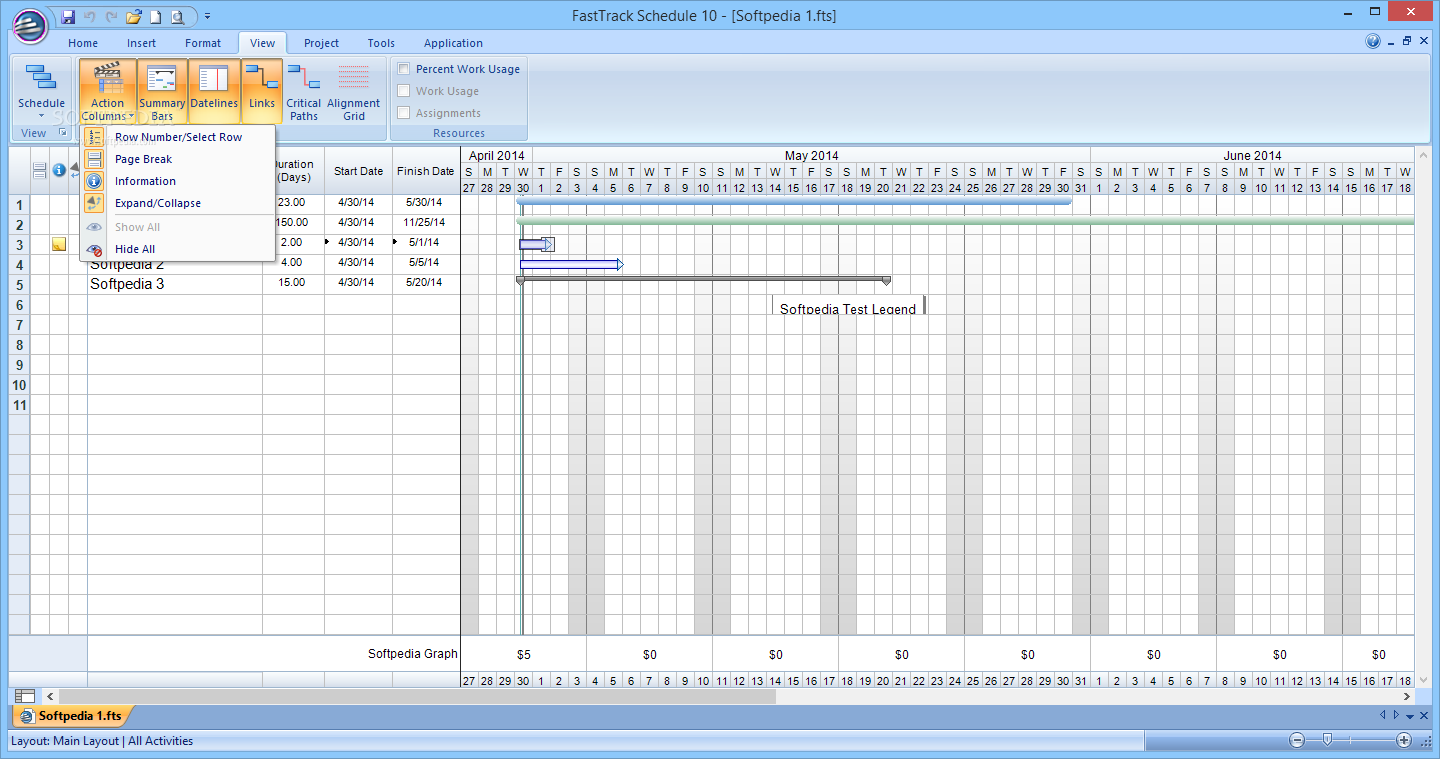

We can even set the spacing between visualizations to be equal by using the Distribute controls. Next, select Format (tab) -> Arrange (group) -> Align.įrom here, you can select six different alignment strategies.

To align multiple items in bulk, select the desired items (either by dragging a selection box around the items or using the CTRL-Click technique to select the items one at a time.) These work well when you only have a few items to align, but what if you have many items? These red, dashed lines are a great way to align one visualization with another. Nothing can spoil a report more ( other than incorrect results) than a haphazard arrangement of visualizations.Īligning and spacing visualization is such a quick and easy process, yet many designers skip this step, producing less than stellar results.ĭragging a visualization around the page will reveal the quick alignment lines. We now have our red/green color scheme based on values.Ĭhanging the data to focus on a different year shows a change in the data but maintains the red/green color pattern. Set the rule to the following settings, using green as the color.This will give us the red bars for negative values.įor the positive, green bars, in the Conditional Formatting dialog box: Set the rule to the following settings, using red as the color.Set the “ What field should we base this on?” to “ Sales YoY %”.



 0 kommentar(er)
0 kommentar(er)
